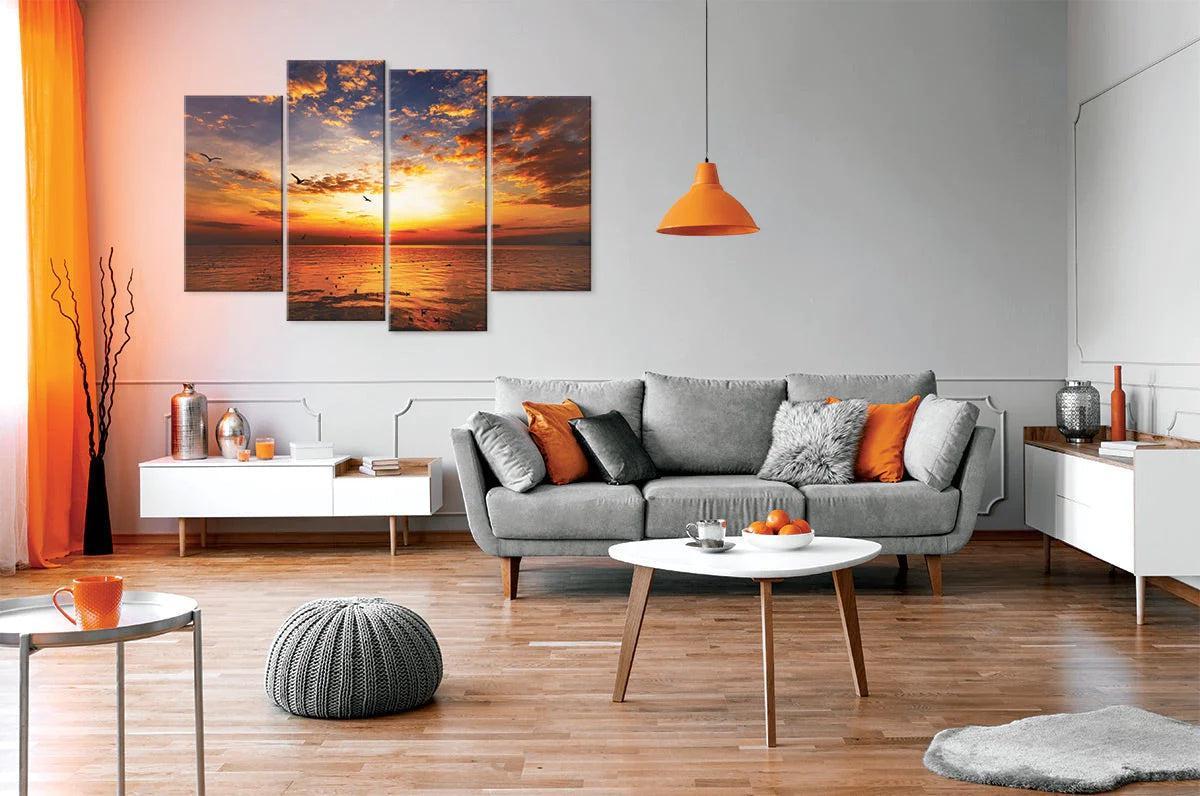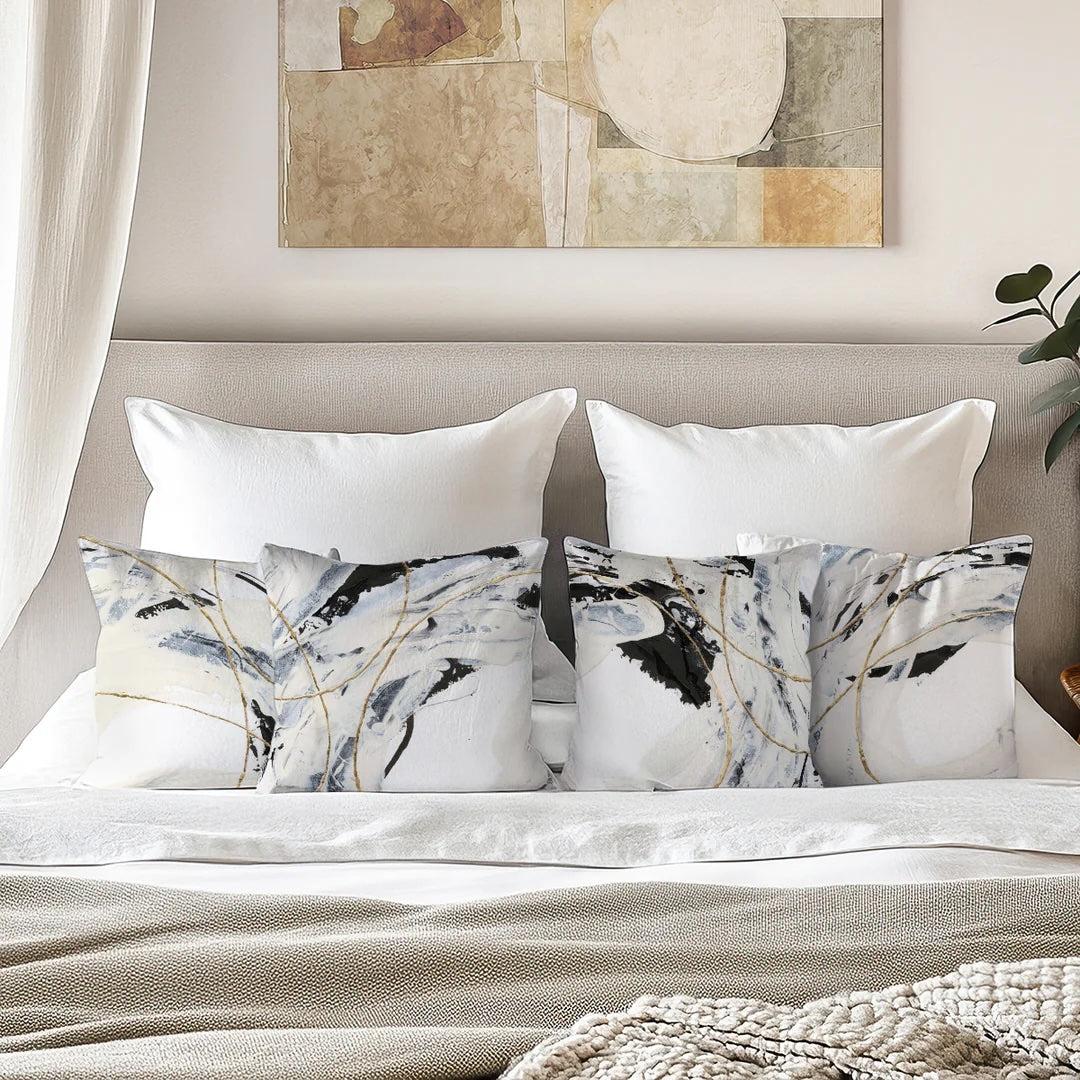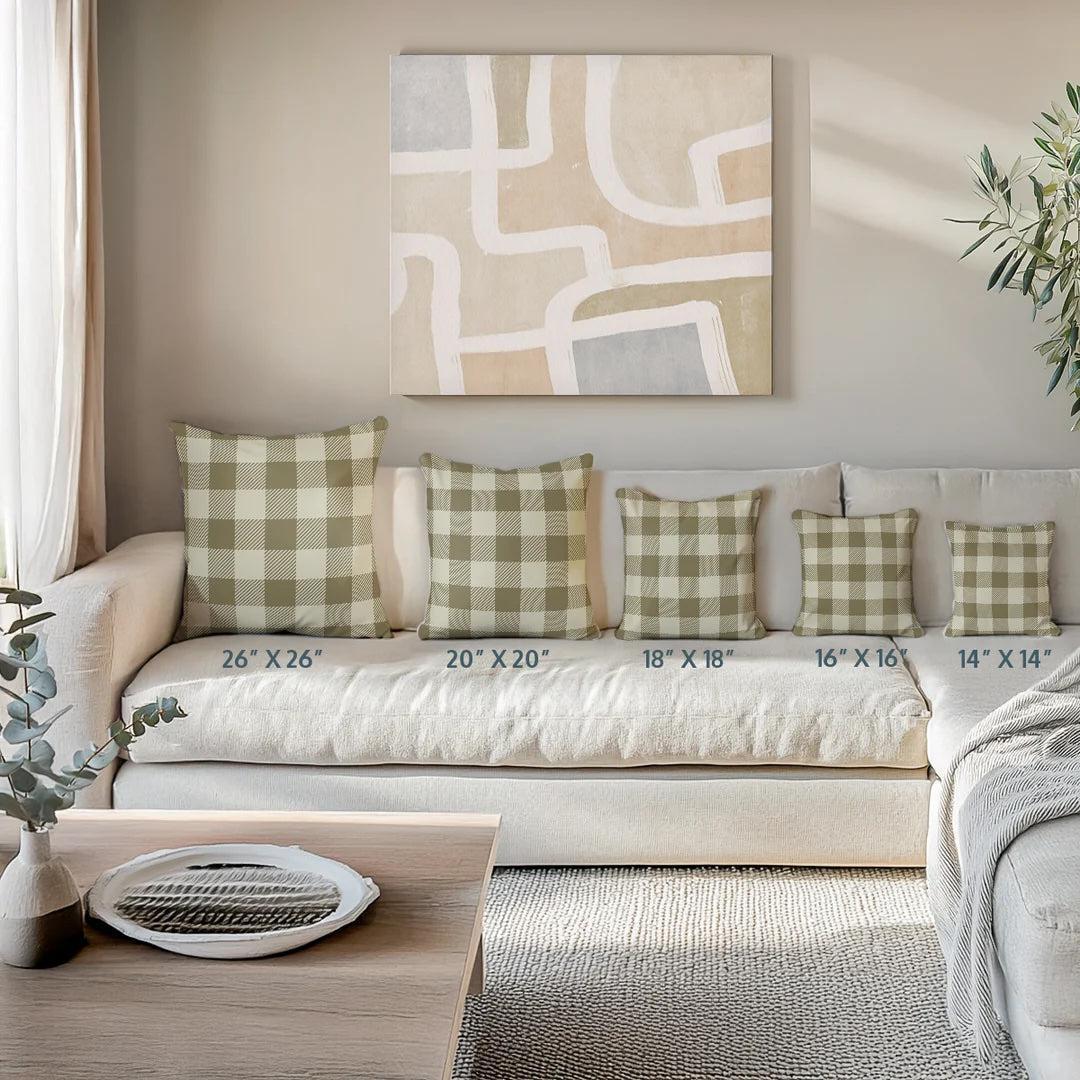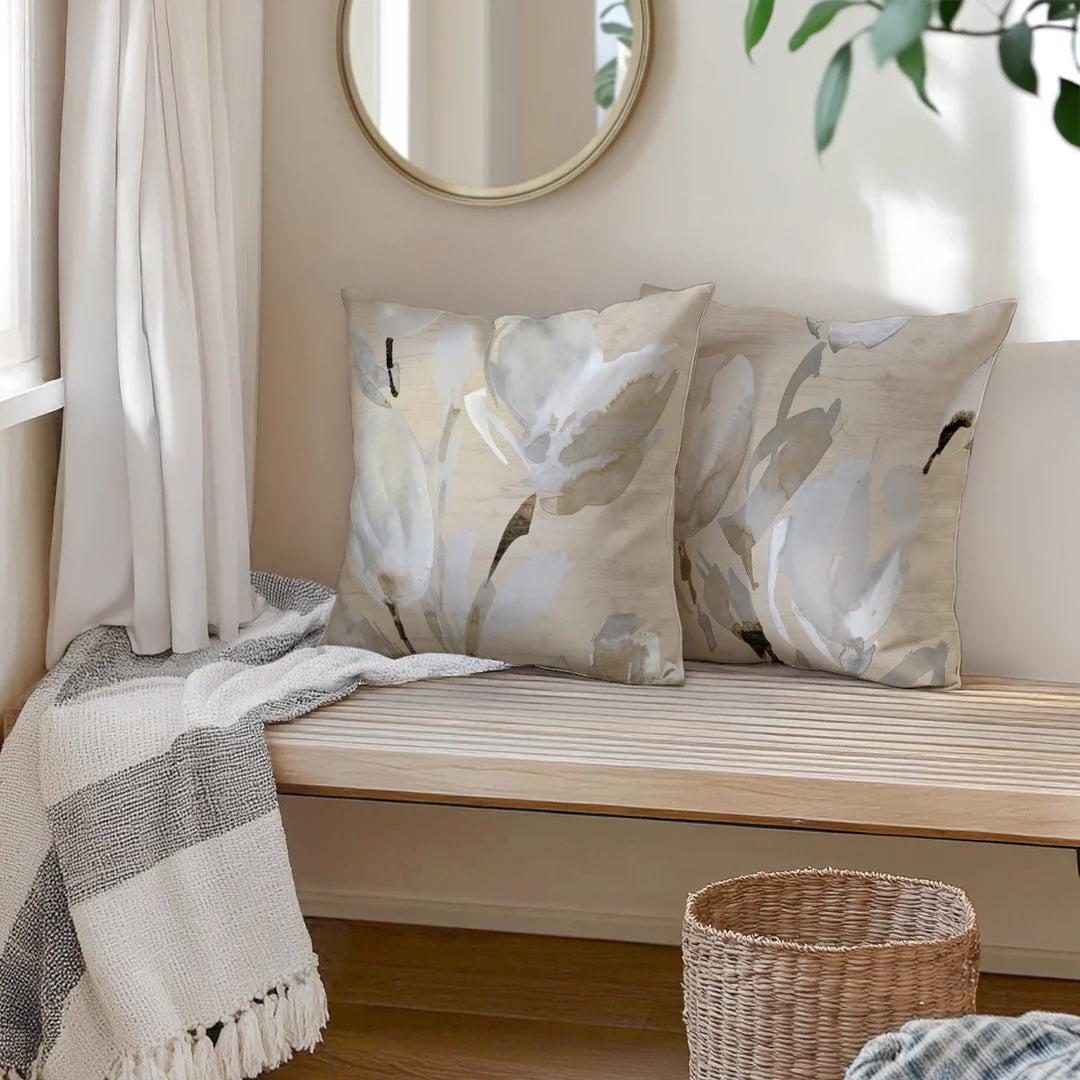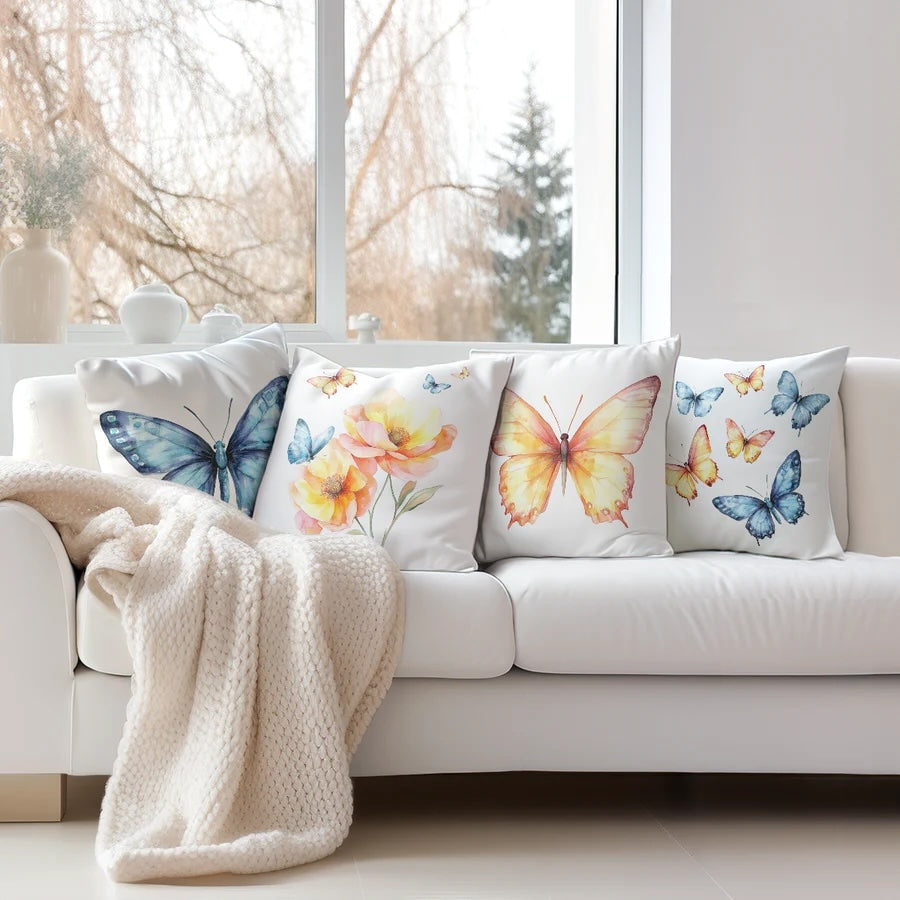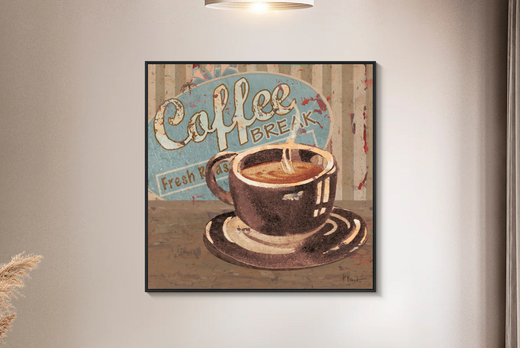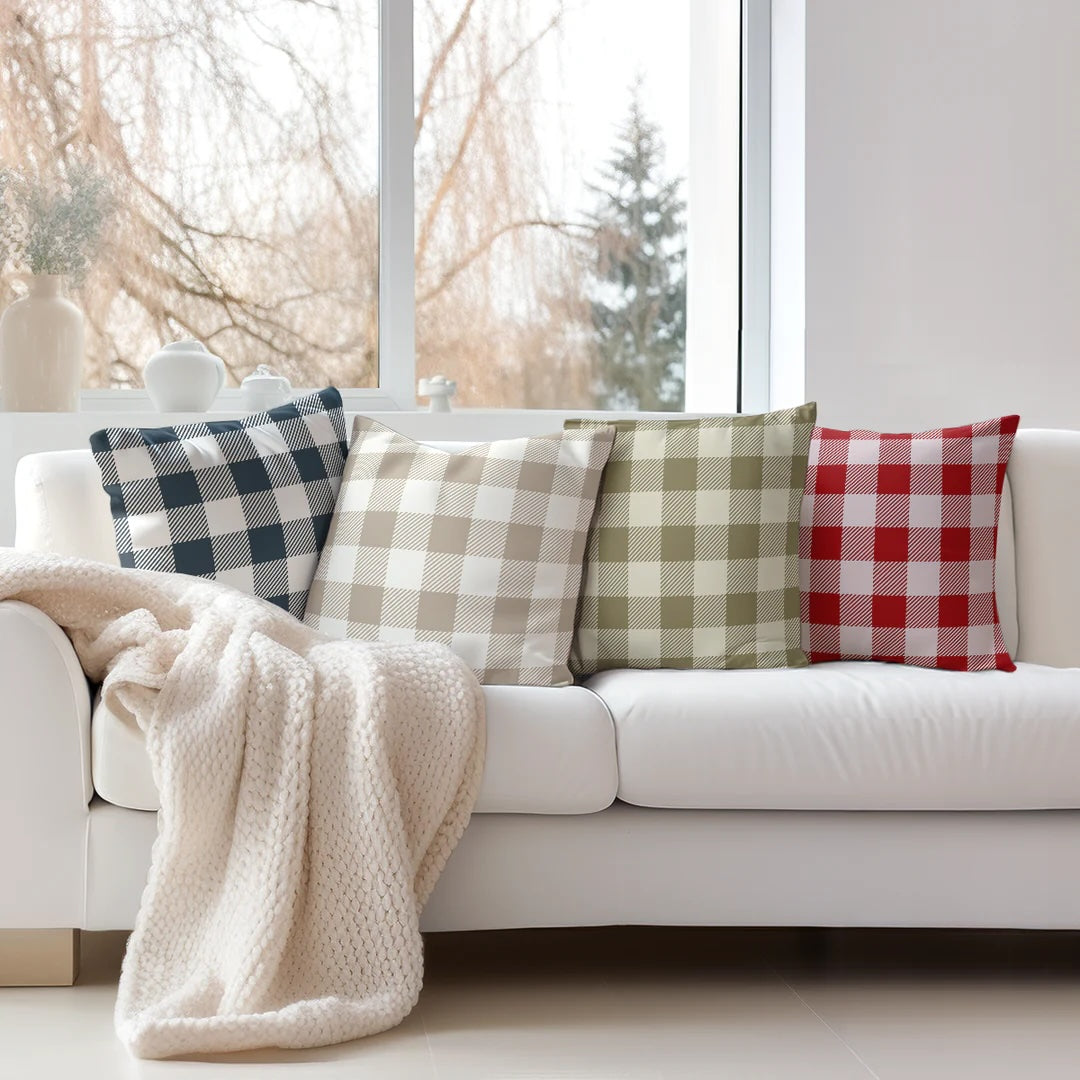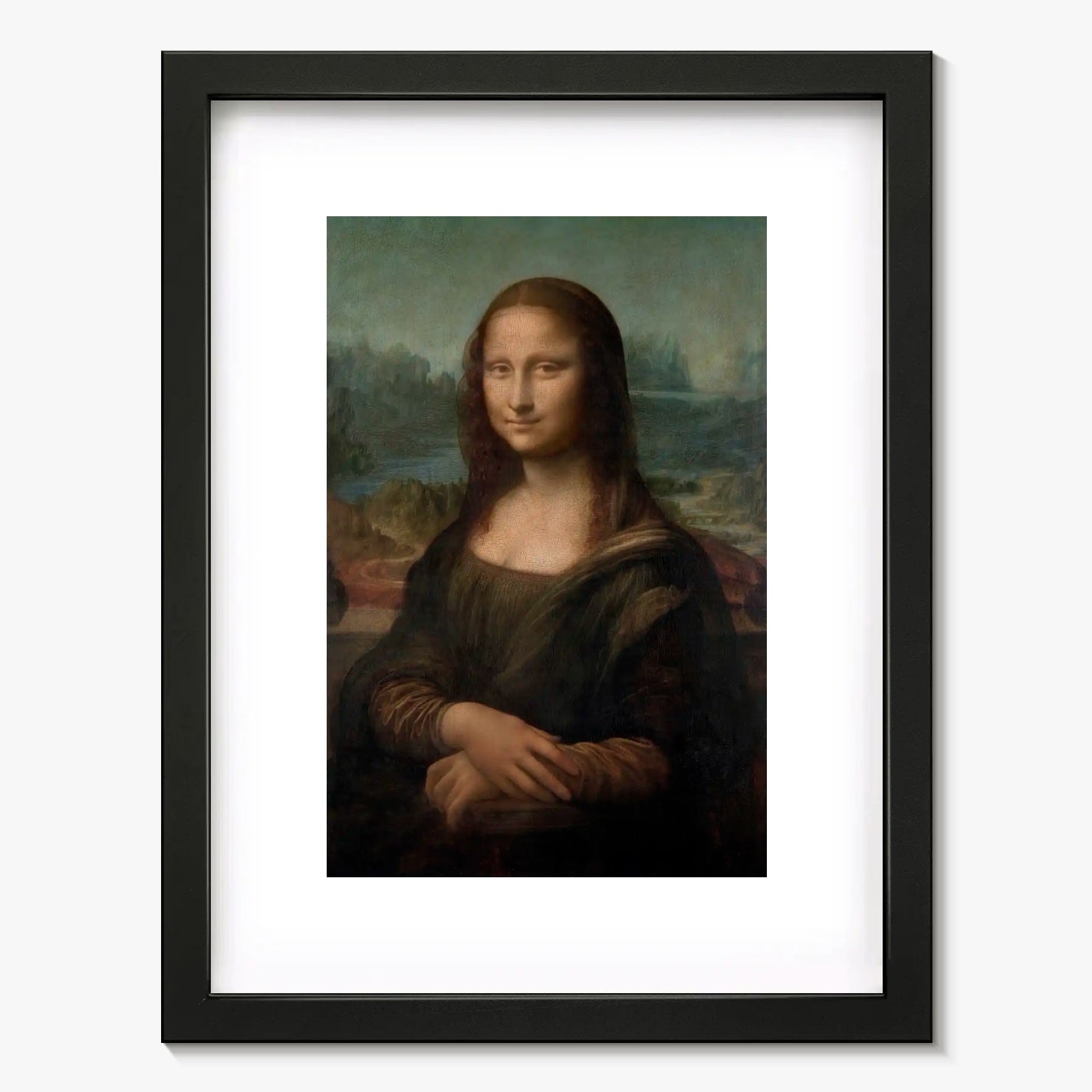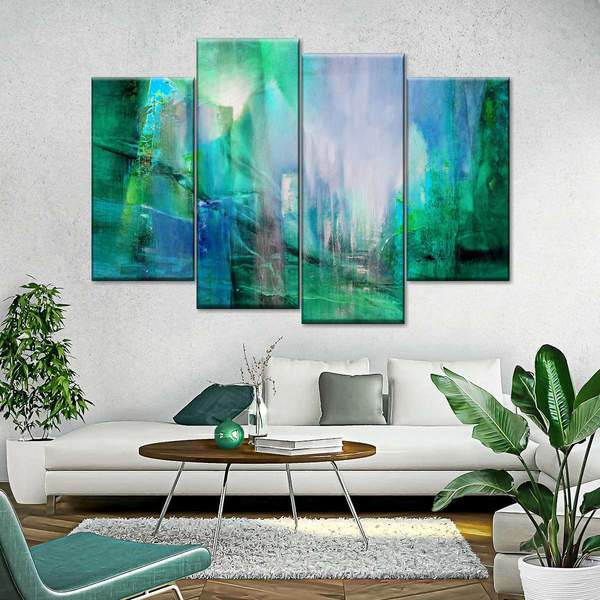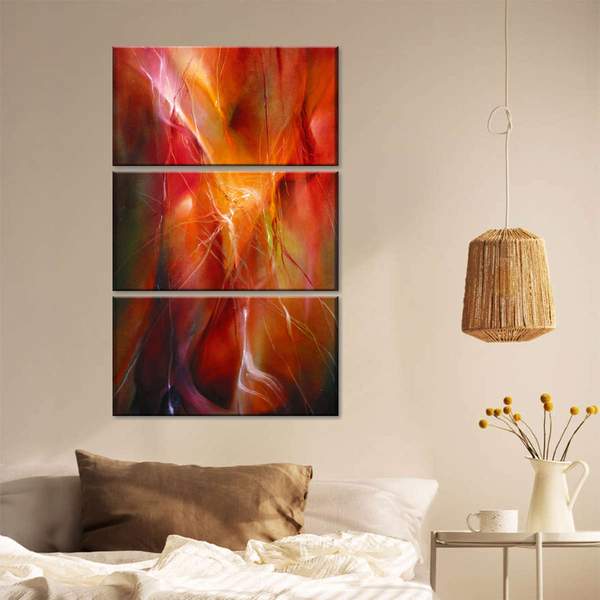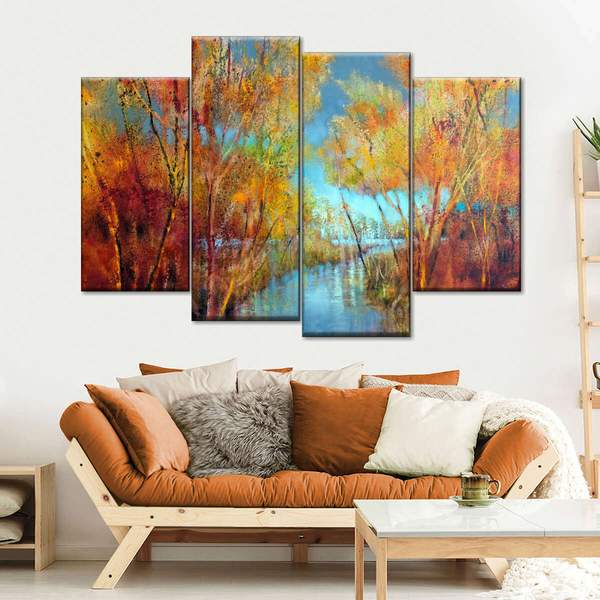If you’re stumped on how to choose hues for your interior color palette, look no further! This article will ease your uncertainty regarding selecting a color scheme. If you find yourself scrolling through Pinterest for hours on end, it’s time to consider the foolproof 60-30-10 rule. We’ve going to walk you through the design formula that will give your home a harmonious look. From wall art to furniture, this is how to incorporate the 60-30-10 rule. Let’s get started!
Interior Design Color Wheel: Explained
Before we break down the 60-30-10 rule, consider the colors you want to incorporate into your palette. A simple way to choose your ideal color scheme is by taking a look the classic color wheel. Complementary colors lie opposite of each other on the color wheel, making them ideal for adding contrast to your space. If you like a more uniform look, consider using colors that lie directly next to each other for a more monochromatic appearance. Even if you want to start with a 60% neutral color scheme, the color wheel can be helpful for selecting your perfect accent shades.
Pro Tip: Wall decor is a great way to experiment with color with little commitment. The beauty of wall art is that you can swap it out anytime. Another way to play with color before committing to a color palette is painting sample swatches on your wall to better visualize your color scheme.
Interior Color Palette Trends
Another way to determine the ideal color palette for your interior is by exploring trending tones. Post-pandemic, design trends are all about adding pops of bold, eye-catching colors. Brighten your space with accent hues like yellow, periwinkle, and teal. To avoid overwhelming your space, create an organic base with natural tones like sage green, olive, and other muted cool colors.
The top design hubs have predicted the top trending colors for the upcoming year (see: Pantone’s Viva Magenta), if you’re looking for a foolproof way to create a contemporary interior. Once you’ve selected a few colors to experiment with, it’s time to learn how to balance your color scheme!
Discover inspiring interior design color palettes >>
So, What is the 60-30-10 Rule?
60-30-10 is a simple decorating rule to help you choose the best color scheme for your home. Color schemes are the most prominent component of home decor. Ranging from bold to bright, to subtle and neutral, you have an entire rainbow of colors to experiment with.
This decorating rule suggests that you should cover your room with 60% of a dominant color, 30% of a secondary color, and 10% of an accent shade. It is all about maintaining the perfect balance of tones. Pick colors that mingle well with each other to create a subtle combo. Don’t go for colors that take over the entire color palette; instead, choose shades that will flow together and work in harmony.
Discover wall art for the 60-30-10 rule >>
Create a Gorgeous Color Palette
Dominant Color
The rule starts with filling your room with 60% of the main color. The dominant color is applied to the most visible objects in the room. As you enter a room, the first thing that grabs your attention is typically the walls. Therefore, the color you choose as your 60% shade should also be your wall color.
Other primary objects, like a couch in the living room, or the bed in the master bedroom, hold enough power to be dominant color prospects as well.
Secondary Color
Think of the secondary color as the supporting role in your space. The linens in the bedroom, curtains, area rugs, side chairs, and cushion sets on the couch play a supporting role in giving your home a stylish look. Therefore, these elements are excellent choices for the 30% shade.
When choosing the secondary color in your home, you want to ensure it blends well with the dominant color. The combination of colors should complement each other well and give a blended look.
Accent Shade
The remaining 10% of the decor formula is a splash of color that complements the dominant and secondary shade. Typically, accessories and decorations will take on this role. The candles on the dining table, a hanging pendant lamp in the bedroom, or a small rug in your study area can be perfect examples of how to accent a room with the 10% accent shade.
Another way of incorporating 10% of the golden formula is through artwork. While the walls stand dominant, let your wall art create balance and contrast with subtle shades. For instance, you can use this Butterfly Orchid wall art and watch the colors jump off the wall when subtly matched up with other accessories.
Browse wall art for the 60-30-10 design rule >>
The Best Rooms for the 60-30-10 Decorating Rule
You can apply the 60-30-10 decorating rule to any room in your home. However, highly trafficked areas are ideal for making the most out of this technique. Prioritize areas where guests frequent most often. For example, your entryway or dining room would benefit from a balanced color scheme.
60-30-10 Rule for Living Rooms
The most communal space in your home is undoubtedly the living room. You can’t go wrong with a 60-30-10 color palette in your main living space. Make sure the three colors you choose are representative of your personality, but also look appealing to a wide audience. It’s a delicate balance between selecting unique shades that pop, and creating a cozy, comfortable space. Wall art in your living room is a great way to add the 10% accent color, and you have much more freedom with this statement shade.
Explore wall art for the 60-30-10 color rule >>
Inspiring 60-30-10 Ideas
"A fairly popular combination of colors utilized today is 60% white (wall, rug, sofa), 30% brown (hardwood floor, wooden furniture, accent lounge chairs in leather), and 10% green (small and large indoor plants)." Says Yoko Chow, Interior Designer and Owner of Yoko Chow Design LLC, CA.
"This can be scientifically supported by biophilia – human’s innate affiliation with nature. One research by Tsunetsugu et al. reflects the psychological and physiological impact of different ratios of the natural material and concluded a moderate ratio (45%, in the study) works the best. Wood - known as the most reasonable natural material we incorporate into interior scenes today, accounts for the significant portion of this ratio, and may be combined with greenery, leather upholstery, straw baskets, etc. It is understandable why this option has been well accepted by the mass audience for its natural tranquil appeal."
The Bold Combination
"A bolder option that works for homeowners seeking a sophisticated look is 60% shades of greige (wall paint, cabinets, flooring), 30% black (countertops, lighting fixtures, chairs, appliances) and 10% gold (hardware including legs of chairs and handles, outlet covers, decor)," Yoko explains.
Find the top wall art for interior design color theory >>
Dare to Get Creative
Instead of picking variable colors, consider a monochrome look by choosing shades of the same color as dominant, secondary, and accent tones. Different shades of the same color will create a seamless flow in your room and results in a stylish and subtle look.
Alternatively, you can do opposites! Decorating your home in black and white with a splash of an accent color creates a refined combination.
Still stuck? You can always just start with your favorite color. Love pastels? A 60-30-10 combination of pastels will give you a fresh, cheery room. Obsessed with red? Be bold and incorporate a rusty red look with white and orange shades for a room full of energy. The opportunities are endless.
Browse our complete collection of wall art >>
Rules are Meant to be Broken
Don’t be afraid to experiment with the 60-30-10 rule according to your own unique style. If you want to include other shades, instead of 30%, you can break it into 15% + 15% for a personalized decor experience. But be careful and choose your colors wisely. Your room should reflect a unity of balanced shades, not a hodgepodge of colors.
Finish your space with 60-30-10 friendly wall art >>
Unique Ways to Incorporate the 60-30-10 Rule
There are unique ways to incorporate this rule beyond simply applying it to paint colors and furnishings. One creative approach is to use the 60 30 10 rule to guide the use of patterns and textures in a space. For example, you could use a large-scale pattern for 60% of a room, such as a wallpapered accent wall or a bold area rug. The next 30% could be dedicated to smaller, complementary patterns, such as throw pillows or window treatments.
Finally, the remaining 10% could be a pop of texture, such as a plush faux fur throw or a metallic accent. By applying the 60 30 10 rule to patterns and textures, you can create a layered and visually interesting space that incorporates a variety of design elements while still maintaining a cohesive color scheme.
Shop for wall decor by color scheme >>
Color Theory for Interior Design: A Summary
Whether you are an expert interior designer or a DIY novice, the 60-30-10 rule is a valuable tool to guide you through choosing a balanced color scheme for your home. There’s no need for a calculator; follow your heart and your own personal style to reach a fresh and unique home decor experience.
Visit our design inspiration blog for more tips and tricks!
RECENT ARTICLES
CATEGORIES
STRAIGHT TO YOUR INBOX
